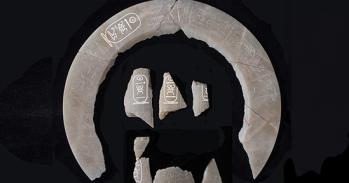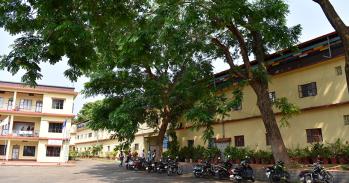Archaeologists have unearthed a pair of bone fragments dating back almost 30,000 years and featuring minute designs carved by some of our earliest European ancestors.
Archaeologists have unearthed a pair of bone fragments dating back almost 30,000 years and featuring minute designs carved by some of our earliest European ancestors.
Archaeologists have unearthed a pair of bone fragments dating back almost 30,000 years and featuring minute designs carved by some of our earliest European ancestors.
The unusual find was made by a Cambridge scholar, Becky Farbstein, who has been working at Predmosti in north Moravia with an excavation team comprising archaeologists from both the University of Cambridge and the Czech Republic.
The thumbnail-sized bone fragments are engraved with parallel lines and match similar artefacts uncovered in the same area almost 100 years ago. They were carved by hunter-gatherers as they travelled north following the mammoth and reindeer 25-30,000 years ago.
Experts are, however, still uncertain as to what significance the markings had and are trying to build up a collection to interpret their meaning. So far such finds have been few and far between.
"There has not been much in the way of decorated objects found at this site for a very long time," Miss Farbstein said. "They are very similar in design to other decorations that were found a century ago. The designs are pretty enigmatic and understanding their meaning is still a problem. But for that reason any addition to the amount of art we have is valuable as it will enable us to piece that meaning together."
Miss Farbstein spotted the fragments while sorting through a mixture of solid objects left over from a filtration process which the team are using to identify plant remains. Fortunately, she recently began studying this important collection of early decorated forms and recognised their significance.
The joint team, from the Institute of Archaeology at the Academy of Sciences of the Czech Republic and the University of Cambridge, is led by Professors Jiri Svoboda and Martin Jones. Predmosti, on the outskirts of the north Moravian town of Prerov, sits at a gap in the central European mountains, the start of a corridor through which these early hunters gradually migrated on to the North European Plain. Finds from the site form the focus of an open-air museum sponsored by the City of Prerov to celebrate and present to visitors their world-famous pre-history.
This work is licensed under a Creative Commons Licence. If you use this content on your site please link back to this page.





